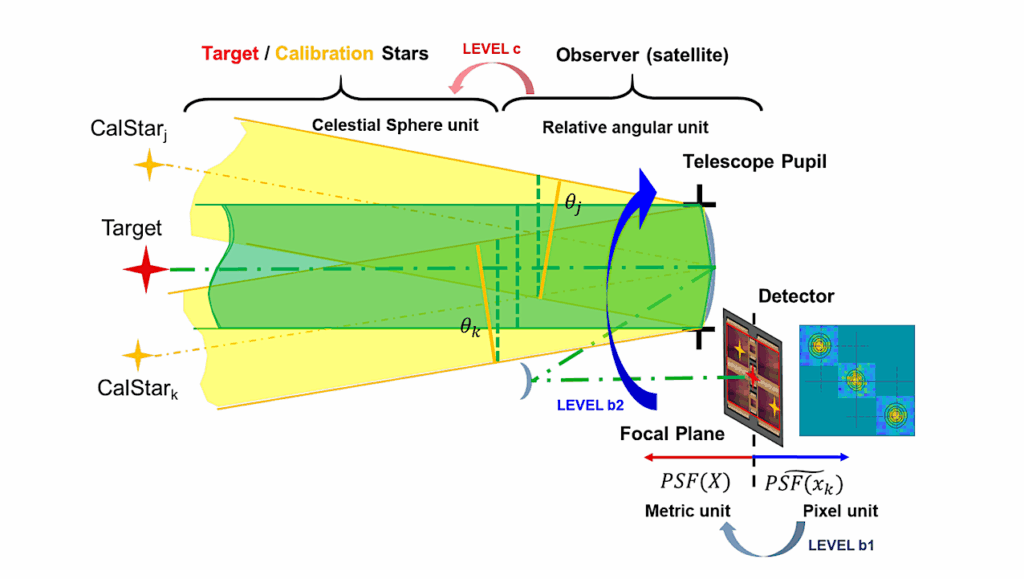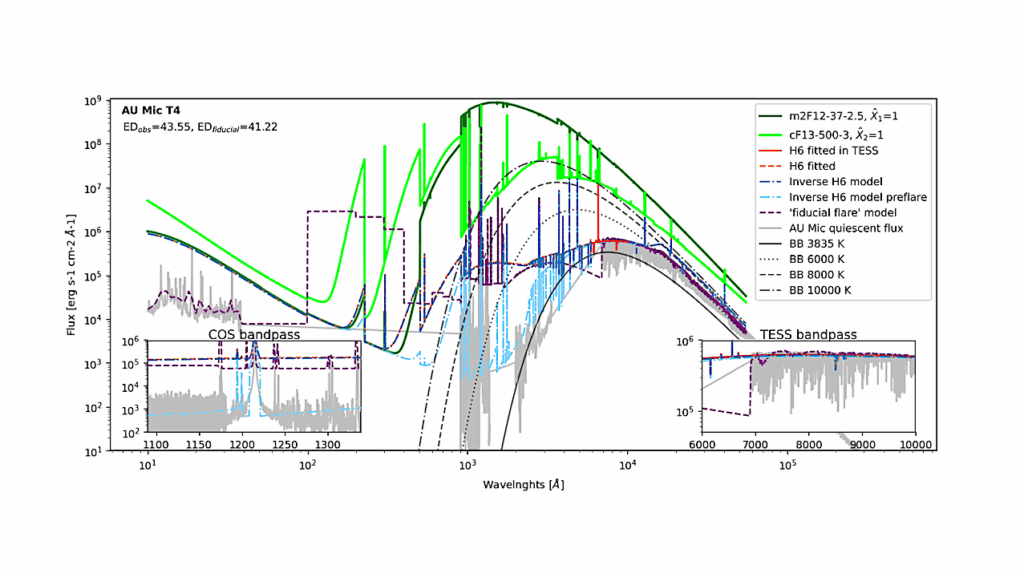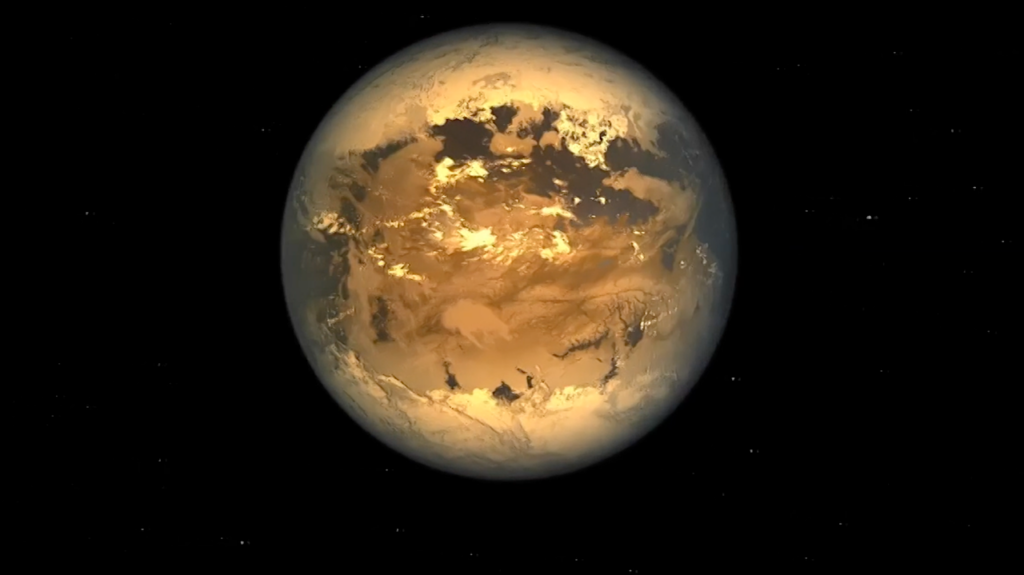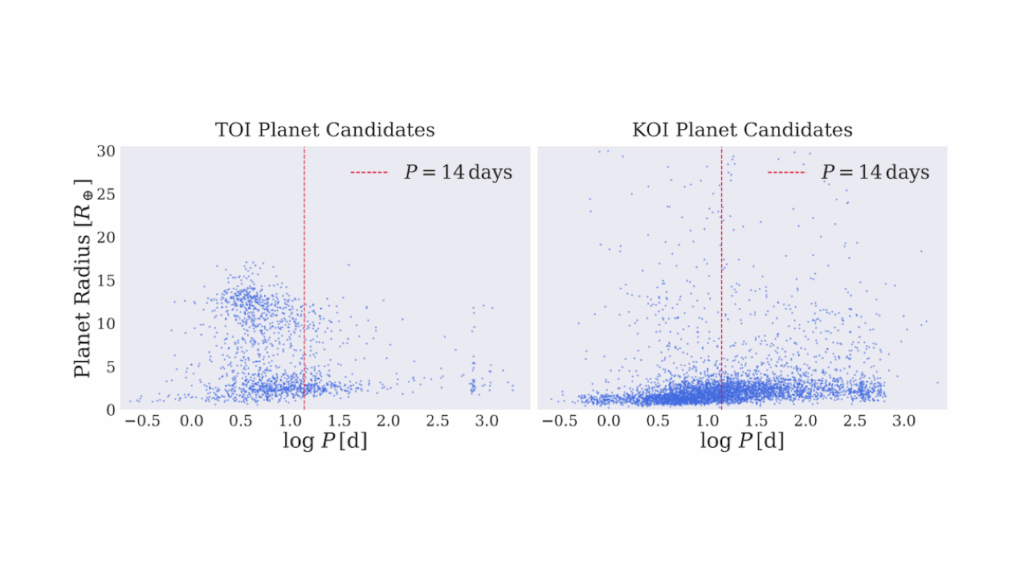A New Estimation Of Astrometric Exoplanet Detection Limits In The Habitable Zone Around Nearby Stars

Astrometry is less sensitive to stellar activity than the radial velocity technique when attempting to detect Earth mass planets in the habitable zone of solar-type stars.
This is due to a smaller number of physical processes affecting the signal, and a larger ratio of the amplitude of the planetary signal to the stellar signal. A few high-precision astrometric missions have therefore been proposed over the past two decades.
We aim to re-estimate the detection limits in astrometry for the nearby stars which are the main targets proposed for the THEIA astrometric mission, the most elaborate mission to search for planets, and to characterise its performance. This analysis is performed for the 55 F-G-K stars in the THEIA sample. We used realistic simulations of stellar activity and selected those that correspond best to each star in terms of spectral type and average activity level.
Then, we performed blind tests to estimate the performance. We find worse detection limits compared to those previously obtained for that sample based on a careful analysis of the false positive rate, with values in the Earth-mass regime for most stars of the sample. The difference is attributed to the fact that we analysed full time series, adapted to each star in the sample, rather than using the expected solar jitter only. Although these detection limits have a relatively low signal-to-noise ratio, the fitted parameters have small uncertainties.
We confirm the low impact of stellar activity on exoplanet detectability for solar-type stars, although it plays a significant role for the closest stars such as alpha Cen A and B. However, for the few stars in the sample with a habitable zone corresponding to long periods, namely subgiants, the THEIA observational strategy is not well adapted and should prevent the detection of planets in the habitable zone, unless a longer mission can be proposed.
Nadège Meunier, Anne-Marie Lagrange
Comments: Accepted in Astronomy and Astrophysics
Subjects: Earth and Planetary Astrophysics (astro-ph.EP); Instrumentation and Methods for Astrophysics (astro-ph.IM); Solar and Stellar Astrophysics (astro-ph.SR)
Cite as: arXiv:2202.06301 [astro-ph.EP] (or arXiv:2202.06301v1 [astro-ph.EP] for this version)
Submission history
From: Nadege Meunier
[v1] Sun, 13 Feb 2022 12:50:37 UTC (936 KB)
https://arxiv.org/abs/2202.06301
Astrobiology,








